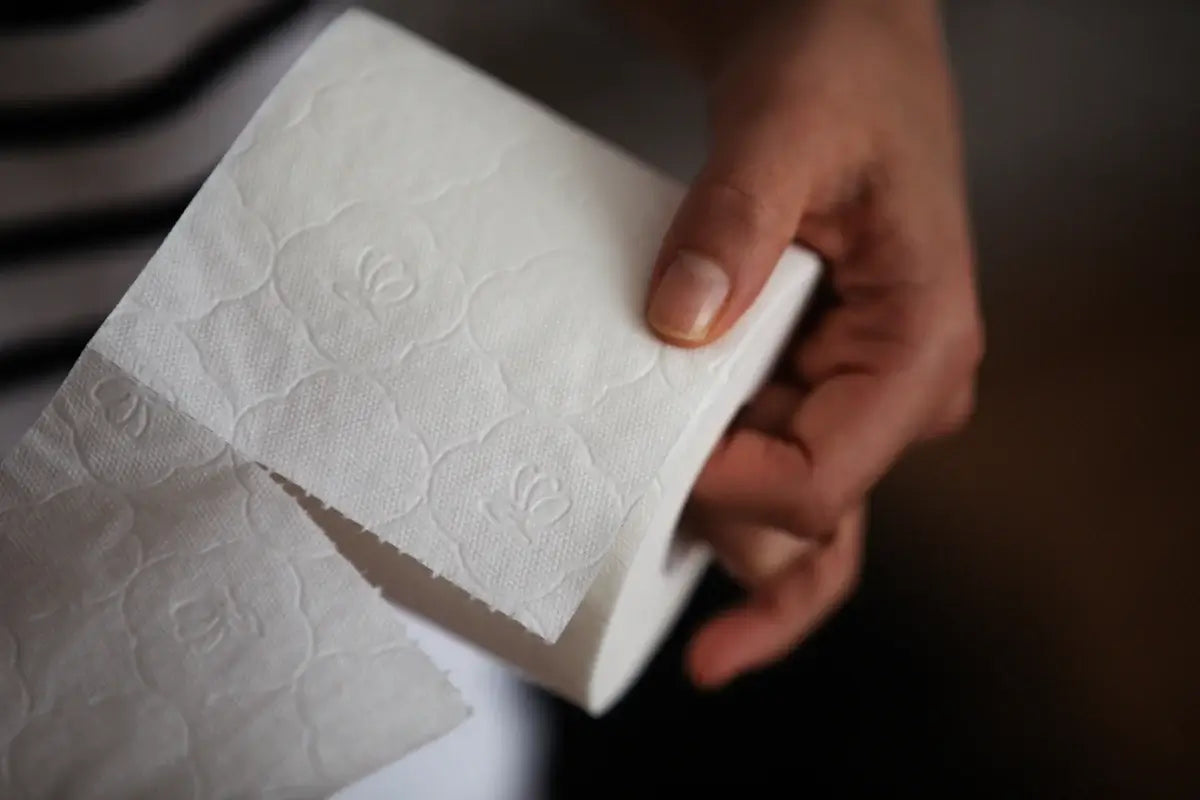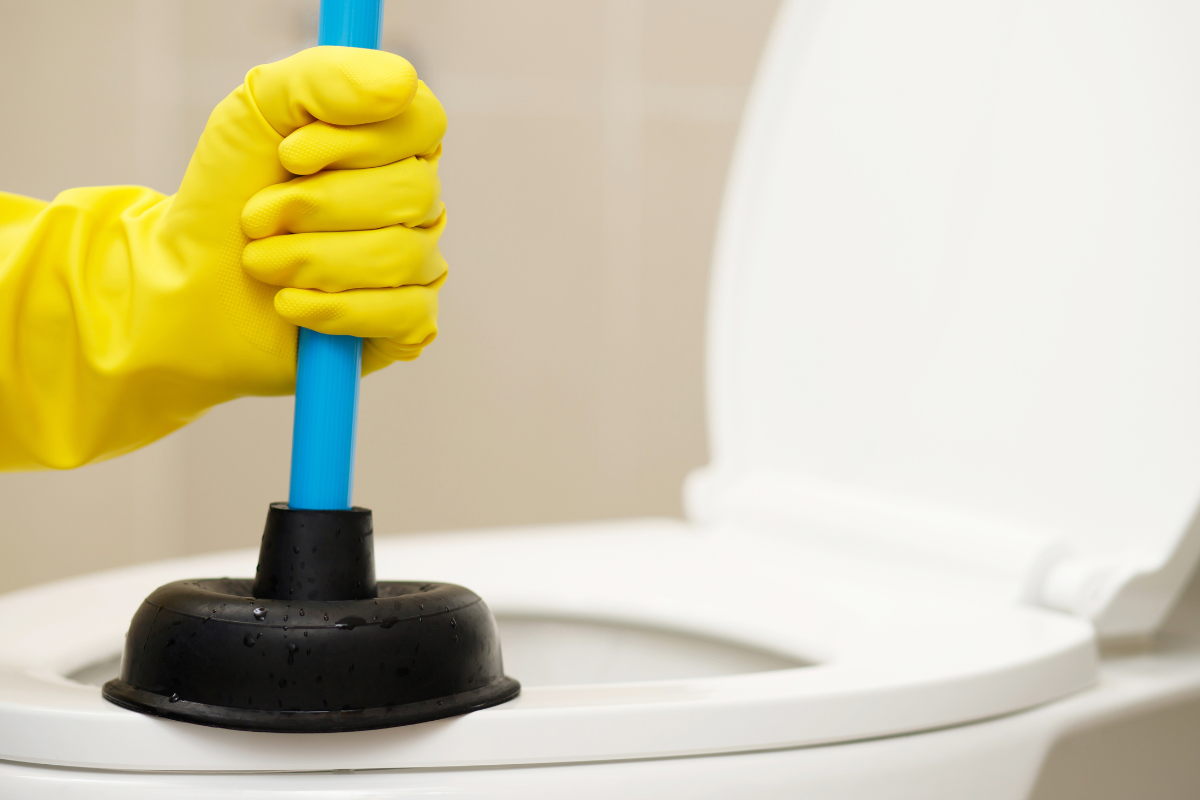If you've ever wandered into a dense bamboo grove, you'd be forgiven for thinking you've stepped into a tall forest of slender trees. In reality, bamboo isn't a tree at all but a type of grass. This might sound surprising given its hardy nature and impressive height. This grass, however, is nothing short of a botanical marvel, possessing qualities that make it an ideal raw material for toilet paper.
The magic of bamboo lies in its growth rate. Some species can grow three feet in just 24 hours. Imagine a plant sprouting so quickly that you could almost witness its growth in real-time! This rapid regeneration makes bamboo a renewable resource par excellence. Compared to trees, which can take decades or even centuries to mature, bamboo reaches full height in mere months. This difference in growth rates gives bamboo a significant advantage in terms of sustainability.
But how does this translate to toilet paper? With such a speedy turnaround from planting to harvesting, bamboo provides a continuous supply of raw material. This ensures that we have a consistent and sustainable source for producing toilet paper without the guilt of deforestation.
The Bamboo Toilet Paper Making Process
Bamboo's journey from a plant in the ground to a roll in your bathroom is a fascinating one, encompassing various stages of preparation and processing.
Firstly, the bamboo stalks are harvested. Unlike tree logging, where the whole tree is cut down, bamboo harvesting is a gentler process. Only the mature stalks are selected, leaving the younger ones to grow and ensuring a cyclical regeneration of the crop.
After harvesting, the bamboo undergoes a process of transformation. The outer green layer of the bamboo stalk is removed, revealing the softer, fibrous interior. These fibers are the raw material for the toilet paper. They are then pulped – a process that breaks down the fibers into a soft, mushy consistency. During this pulping process, Bampooh ensures that no harmful chemicals, including chlorine, are used, prioritizing both consumer health and environmental integrity.
The pulped bamboo is then pressed, dried, and rolled into sheets. Quality checks ensure that the sheets are soft, strong, and have the right thickness. Once these checks are complete, the sheets are cut into the familiar square shape and wound onto rolls.
It's worth noting that Bampooh’s commitment to eco-friendliness doesn't stop at the raw material. The entire production process is optimized for minimal water and energy consumption, and waste generation is kept at the bare minimum.
Beyond the Production: Certifications & Eco-Credentials
When it comes to purchasing eco-friendly products, savvy consumers often look for certifications that verify a brand's environmental claims. Bampooh's bamboo toilet paper boasts of being FSC Certified. The Forest Stewardship Council (FSC) certification is a testament to sustainable and responsible forestry. This means that every bamboo stalk used in Bampooh’s toilet paper comes from responsibly managed bamboo forests, ensuring ecological balance and protection of biodiversity.
Another feather in Bampooh's eco-cap is its commitment to carbon-neutral shipping. Transport and logistics are significant contributors to global carbon emissions. By ensuring carbon-neutral shipping, Bampooh takes responsibility for its carbon footprint, offsetting emissions through various environmental initiatives. This not only reduces the brand's overall environmental impact but also encourages other companies to adopt similar sustainable practices.
Bamboo vs. Trees: The Sustainability Showdown
At the heart of the bamboo toilet paper debate lies a simple comparison: bamboo versus trees. While trees have been the traditional source of paper products for centuries, they come with a heavy environmental price tag. Vast areas of forests are cleared every day to meet the global demand for paper, resulting in loss of biodiversity, disruption of ecological balance, and significant carbon emissions.
Bamboo, being a grass, offers a more sustainable alternative. As previously mentioned, bamboo doesn't need to be replanted after harvesting. Its root system remains intact, allowing it to regrow quickly. This not only ensures a continuous supply of bamboo but also aids in soil conservation and carbon sequestration.
Moreover, the rate at which bamboo grows is unparalleled. This rapid growth means that bamboo can meet the same paper demands as trees but with a fraction of the land area. Furthermore, bamboo forests are rich ecosystems, supporting a wide variety of flora and fauna, thus enriching biodiversity.
Concluding Thoughts
In an age where sustainability is not just a buzzword but a necessity, switching to bamboo toilet paper is more than just an eco-friendly choice; it's a statement. It's a declaration that we recognize the environmental challenges of our times and are willing to make conscious choices to address them.
Bampooh's bamboo toilet paper stands as a beacon in this sustainable revolution. By offering a product that combines quality, comfort, and eco-friendliness, Bampooh is leading the way, showing us that it's possible to meet our needs without compromising









